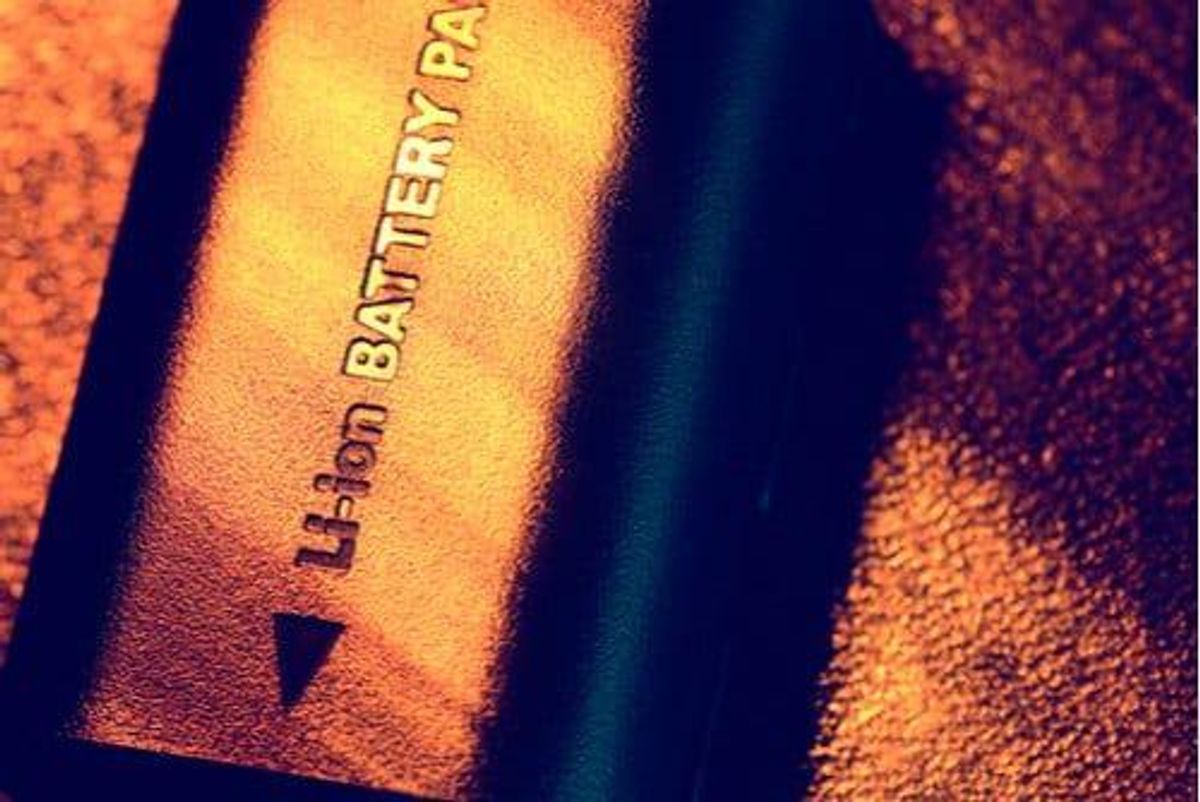What is Lithium Carbonate?
Lithium production numbers are often broken down in terms of lithium carbonate equivalent. But what is lithium carbonate? Find out here.

Lithium is a key metal in electric vehicle (EV) batteries, and it plays a significant role in a variety of other sectors. But what should investors know about the different types of lithium?
Here the Investing News Network (INN) takes a look at lithium carbonate, a lithium compound that is used in a range of industrial, technical and medical applications.
As Albemarle (NYSE:ALB) notes, lithium carbonate is typically “the first chemical in the lithium production chain,” with compounds like lithium hydroxide being produced with subsequent steps if needed. For that reason, lithium production numbers are often broken down in terms of lithium carbonate equivalent.
Like other lithium products, carbonate may be produced from brines or from hard-rock deposits. In addition, a few companies are also looking to produce the material from clay-based lithium deposits.
Though many companies are interested in producing lithium carbonate, not all investors are familiar with it. Here are a few key points on lithium carbonate to keep in mind. Each point is elaborated on further in the article below:
- Lithium carbonate is used for much more than just lithium-ion batteries.
- Not all lithium carbonate is created equal.
- Both lithium hydroxide and lithium carbonate will be needed to meet growing demand for lithium-ion batteries.
1. What is lithium carbonate used for?
Batteries have generated the most excitement in the lithium space over the last few years, with interest spurred by Tesla’s (NASDAQ:TSLA) lithium-ion battery gigafactories. However, there is more to the lithium market than Tesla, and the market for lithium is not all about batteries.
Beyond batteries, lithium carbonate is used in ceramics, glass, cement and aluminum processing. Indeed, while the battery market is growing, the US Geological Survey estimates that glass and ceramics still made up roughly 7 percent of global end-use markets in 2022. Lithium carbonate also has an important use in the pharmaceutical industry — it’s on the World Health Organization’s list of essential medicines as a treatment for bipolar disorder.
2. What are the different types of lithium carbonate?
When it comes to lithium production, not all lithium carbonate is created equal, and end products must meet specific requirements to be used in different applications. For example, battery-grade lithium carbonate can be used to make cathode material for lithium-ion batteries, but most contaminants must be removed in order for the material to be considered battery grade.
Technical-grade lithium carbonate is cheaper than battery-grade material, but such products must have very low concentrations of iron to make the cut for end users. This type of lithium is used in applications for glass and ceramics. It’s also worth noting that lithium is used in the form of ore concentrates in industrial applications rather than as lithium carbonate or hydroxide.
3. What's the difference between lithium carbonate and lithium hydroxide?
Lithium hydroxide’s use in EV batteries is on the rise and it is a necessary component of nickel-cobalt-aluminum oxide (NCA) and nickel-cobalt-manganese oxide (NCM) cathodes.
Could demand for lithium hydroxide outpace lithium carbonate in the future? Caspar Rawles, chief data officer at Benchmark Mineral Intelligence, told INN that the shift towards higher-nickel cathode chemistries for lithium-ion batteries is continuing, particularly in Europe where current battery gigafactory plans are focused on NCM cathodes, and to a lesser extent, NCA cathodes.
Lithium hydroxide traditionally trades at a premium to lithium carbonate, but in 2021 and into 2022 lithium carbonate prices overtook lithium hydroxide prices for a time. However, lithium hydroxide regained its premium over lithium carbonate in the second half of 2022 and has maintained it into 2023.
“Hydroxide is a structurally smaller market, which means supply remained tighter than carbonate as overall lithium chemical demand fell,” Adam Megginson, price analyst at Benchmark Mineral Intelligence, told INN.
Lithium carbonate is widely used in lithium-iron-phosphate batteries, which dominate the EV market in China. Lower EV sales in the country have resulted in a surplus of lithium carbonate.
“The battery and cathode active material manufacturers are the ones sitting on inventory, so we expect lithium carbonate to remain at a discount to lithium hydroxide,” William Adams, the firm's head of base and battery metals research, explained in an interview.
Megginson pointed out that outside of China, demand for lithium hydroxide has remained “stable” in Japan and South Korea.
At the end of the day, with EV demand expected to skyrocket, it’s becoming clear both lithium hydroxide and lithium carbonate will have an important role to play in the overall lithium market.
This is an updated version of an article originally published by the Investing News Network in 2015.
Don’t forget to follow us @INN_Resource for real-time news updates!
Securities Disclosure: I, Melissa Pistilli, hold no direct investment interest in any company mentioned in this article.






